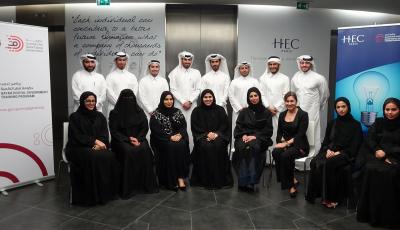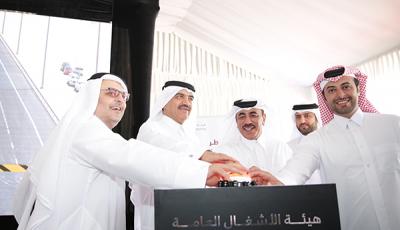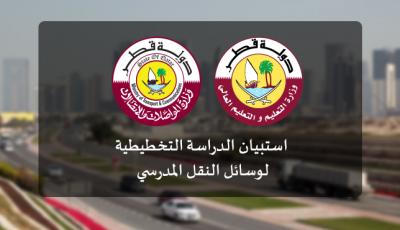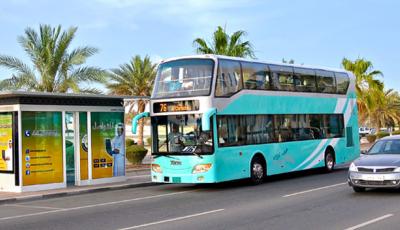
MoTC launches IT training for public sector graduates
DohaTHE Ministry of Transport and Communications (MoTC) has launched IT Talent Program as part of its Qatar Digital Government Training Program. The programme, the first of its kind in Qatar, will provide fresh graduates working with government with a comprehensive foundational knowledge of the most important IT competencies, which will, in turn, support the Qatar Digital Government 2020.The initiative, set to run for eight months, will focus on training more than 30 Qatari graduates with an IT background working in government establishments to develop key skills such as leadership, decision-making, innovation, teamwork, and communications. The programme is being conducted in partnership between the MoTC and HEC Paris, which will deliver the training.The IT Talent Program is part of the Qatar Digital Government Training Program (QDGTP), which is developing the ICT capacity of the public sector in line with the 2020 strategy for the digital transformation of Qatar's government. The QDGTP runs a range of technical courses in partnership with government entities. It has trained around 1,600 IT professionals to date."The ministry launches this new programme to train IT leaders to ensure the implementation of the Qatar Digital Government 2020 Strategy through training national professionals to be available for government entities. The aim is to fill the shortage in manpower in that field," said Reem al Mansoori, assistant undersecretary for Digital Society Development at the MoTC, during the commencement of the first batch. The faculty from HEC Paris selected for the programme will bring a combination of cutting-edge research and practitioner experience and have all delivered highly rated programmes in the GCC region. Participants will benefit from a mixture of learning tools to match their seniority and time constraints with the aim of delivering a high-impact intensive programme.Prof Nils Plambeck, dean and CEO of HEC Paris, said:"This programme provides those working for the public or semi-government sector an opportunity to broaden and further develop their skill-set and outlook on the way in which they approach daily tasks in the workplace. HEC Paris has a wealth of education experience dating back to over 135 years and has an exemplary level of learning tools and academic professors for optimised learning."





